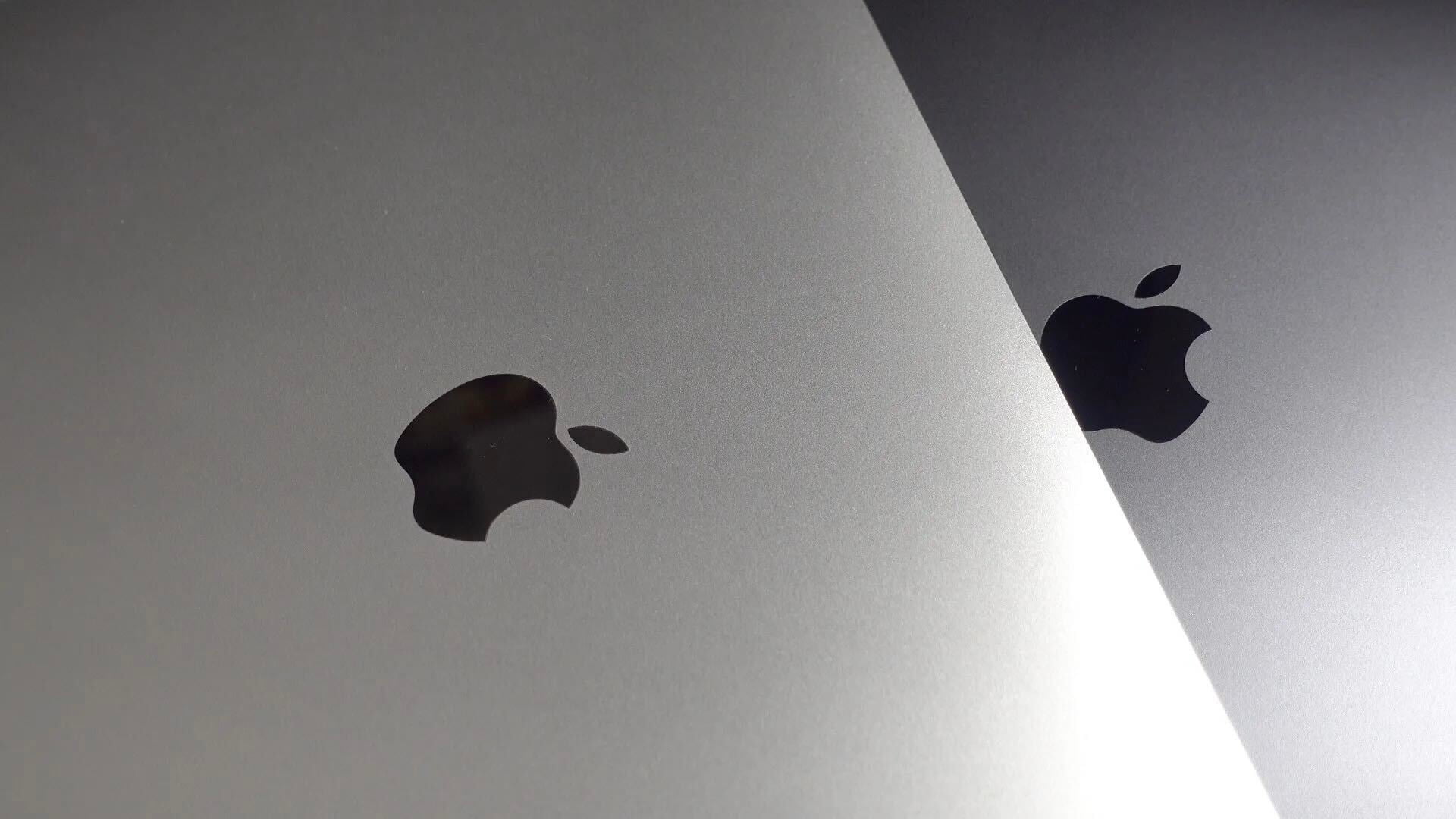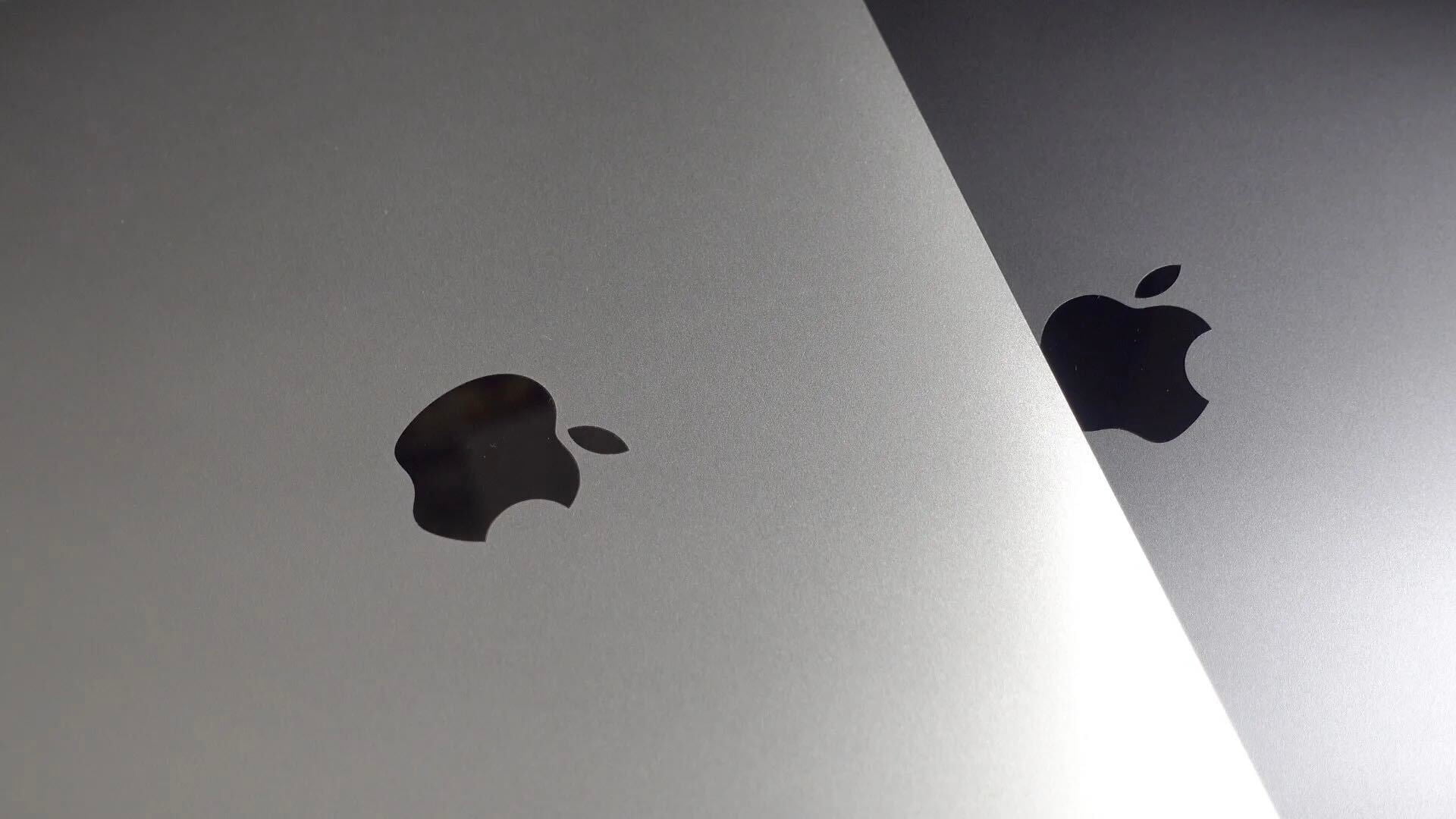Roborock has unveiled its thinnest and most capable robot vacuum to date with the Saros 10R. Debuting after CES 2025, this model focuses on a sleeker silhouette without sacrificing power, intelligence, or cleaning versatility. In our testing, the Saros 10R demonstrated how Roborock’s ongoing evolution addresses long-standing frustrations from earlier generations, delivering stronger suction, smarter navigation, and a more autonomous cleaning experience. The result is a product that feels like a forward leap for Roborock’s lineup, combining a compact form factor with a robust feature set designed for real-world homes. This in-depth review unpacks the design, technology, performance, and value of the Saros 10R, providing a comprehensive look at why it stands out in a competitive market.
Design and Build
The Saros 10R arrives with a distinctive emphasis on a slim profile and practical versatility. Its dimensions are engineered to maximize access under furniture, a frequent pain point for traditional robot vacuums, and the result is a machine that can reach spaces that would previously require manual intervention. The body measures approximately 15 inches long, 18.7 inches wide, and 19.21 inches high, translating to a compact footprint that can slip beneath sofas, beds, and other low-clearance areas with surprising ease. This form factor distinction—combined with Roborock’s ongoing refinement of its chassis architecture—gives the Saros 10R a tangible edge when it comes to expanding coverage in rooms with clutter, cords, and tight gaps.
In terms of weight and construction, the Saros 10R lands in a heftier category for a robot vacuum, weighing about 25.5 pounds. While that weight might be noticeable when carrying or setting up the unit, it translates to a stable, durable base during operation. The chassis design includes a lightweight–yet–sturdy frame that supports the notable hardware inside while maintaining a visually clean exterior. The color option for the model we tested is black, which helps reduce visible dust and micro-scratches in everyday use. Alongside the robot itself, Roborock ships a Multifunctional Dock that promises to elevate the overall cleaning workflow, providing a consolidated hub for mopping, water management, and debris handling.
Within the included components list, you’ll find the essential elements to get started: a power cable, two rotating mop modules, a user manual, the Roborock Saros 10R robot vacuum, a Multifunctional Dock, a dock base, a disposable dust bag, and a washable filter. The package also highlights the system’s intended maintenance flow—namely, a docking station that can manage refilling, cleaning, and emptying processes in a way that minimizes manual intervention. Across the board, Roborock emphasizes that the Saros 10R is designed to be a turnkey solution, with hardware and docking components that work in concert to optimize the long-term cleaning cadence.
From a design perspective, Roborock has also made notable tweaks to the dock’s appearance. The dock features a glass-frost design, a visual treatment that makes the base look both modern and purposeful. This design language underscores Roborock’s emphasis on integrating aesthetics with function, signaling that the company sees its cleaning ecosystem as something you’ll display as part of a modern home, not merely hide away in a closet. The overall design philosophy is to provide a slimmer, more flexible cleaning machine that nonetheless carries a robust array of attachments and support systems to handle a wide range of cleaning tasks.
In terms of compatibility and setup, Roborock provides flexible onboarding options, enabling users to set up the Saros 10R through the Roborock app or via Xiaomi’s Smart Home app. The choice between apps is largely a matter of personal preference and ecosystem familiarity, but the Roborock option is favored for its more intuitive interface and more cohesive room-editing capabilities. The onboarding process itself is straightforward: after removing the unit from the box, you can either scan a QR code or locate the model within the app to initiate the setup. The initial scan and mapping are quick, and subsequent room edits or re-maps are designed to be efficient and user-friendly.
The 3.14-inch ultra-slim profile is a defining feature that permeates design considerations. In real-world terms, the Saros 10R’s slimness expands cleaning coverage by enabling access under a wider array of furniture. By comparison, the Qrevo Curv—a higher-profile model in Roborock’s portfolio—measures around 4.1 inches tall, while the S8 MaxV Ultra stands at about 4.05 inches. This generational stride matters: the slimmer form can be the difference between a room that gets thoroughly cleaned and one that leaves a few stubborn spots untouched due to restricted under-furniture space. The trade-off—if any—appears to be a slight shift in weight distribution and a tight integration of the Dock’s footprint, which Roborock has mitigated through careful engineering and a refined docking interface that integrates with the unit’s suction and cleaning modules.
In sum, the Saros 10R’s design philosophy centers on thinness without compromising capability. The combination of a 3.14-inch form factor, a robust dock, and a suite of anti-tangle and navigational technologies suggests Roborock is prioritizing practical reach and reliable operation in real homes. This is complemented by a durable build, thoughtful color and finishing choices, and an emphasis on how the device can live in living spaces rather than just function within them.
Core Technologies and Features
The Saros 10R introduces a set of high-end technologies designed to improve navigation, obstacle avoidance, and overall cleaning performance. One of the centerpiece advancements is the StarSight Autonomous System 2.0, a next-generation navigation platform that Roborock positions as capable of delivering precise localization, comprehensive mapping, and reliable obstacle avoidance. The system uses dual-transmitter solid-state LiDAR, a configuration designed to provide robust sensing in a variety of lighting and floor conditions. With this setup, Roborock claims the Saros 10R can collect more environmental data than before, enabling more nuanced path planning and fewer misreads that could lead to missed areas or collisions.
Sensor density and processing speed are core to the StarSight 2.0 claim. The system leverages more than 21,600 sensor points and a sampling frequency of 38,400 Hz. This level of data density supports more accurate 3D mapping with faster updates as the robot moves through the home. The practical upshot is improved localization, smoother room-to-room transitions, and more dependable obstacle avoidance. Roborock emphasizes that the Saros 10R detects a broad range of household items, including small and low-lying objects that might previously have caused misnavigation or tangling events. In practice, this means the Saros 10R can respond more quickly to unexpected obstacles such as pets or delicate items lying on the floor, reducing the need for user intervention.
In addition to improved sensing, Roborock’s adaptive chassis and arm technology contribute to cleaner, more flexible operation. The FlexiArm Riser Side Brush is a noteworthy feature: it retracts after lifting to avoid collisions with furniture, a dynamic that helps prevent the brush from snagging on legs or cushions while the robot navigates tight spaces. The AdaptiLift Chassis is designed to handle uneven surfaces gracefully, maintaining grip and stability as the robot traverses thresholds, carpet edges, and transitions between different flooring textures. The result is a smoother cleaning experience across rooms that feature a mosaic of surfaces and elevations.
The Saros 10R also increases the sophistication of its docking system. The Multifunctional Dock 4.0 includes several new capabilities that extend automation and reduce maintenance overhead. Among these are auto mop removal, 2.5-hour fast charging and off-peak charging scheduling, warm water auto-refilling, 80°C hot water mop washing, 80°C hot dock self-cleaning, intelligent dirt detection for re-wash and re-mop, 55°C heated air drying, auto detergent dispenser, auto dust emptying, and detachable self-cleaning modules. These features collectively move the Saros 10R closer to a “set it and forget it” cleaning regime, where the user’s direct involvement drops to essential recharging and occasional maintenance cycles.
The cleaning system itself is robust for a compact unit. With up to 20,000 Pa suction power, the Saros 10R can rely on strong suction in a smaller footprint. This level of suction, paired with the enhanced mop functionality and water management system, allows for effective carpet and hard floor cleaning. The unit’s 4L clean water tank and 3L dirty water tank are larger than those found in some competing models, enabling extended cleaning sessions without frequent refills, depending on use patterns. For owners who want even more control, Roborock offers a refill-and-drain option, which can help minimize the frequency of manual water refills during longer cleaning sessions.
In terms of smart automation, the Saros 10R’s AI features have been refined to recognize more items in the home environment. The system’s ability to detect floor mirrors, power strips, and other potential hazards supports safer operation in populated spaces. The manufacturer notes the robot’s improved ability to identify and avoid small but meaningful obstacles—such as cables, small rug fringes, and household clutter—that could otherwise impede cleaning progress or risk tangling. The combination of StarSight 2.0 sensing, improved obstacle recognition, and a retractable brush mechanism contribute to a more reliable cleaning routine that minimizes the need for human rescue.
From a power and duration perspective, the Saros 10R supports 180 minutes of battery life on a full charge under typical conditions, enabling comprehensive cleaning sessions on single runs. The system also emphasizes fast charging, with a claimed top-up time of about 150 minutes to reach full charge. In practical tests, the battery performance holds up well for mid-sized homes, with typical 80-minute sessions leaving more than half of the charge available in many layouts. Of course, cleaning intensity, carpet density, and floor plan complexity all influence overall endurance, but the 150-minute fast charge ensures you’re not waiting excessively long for the robot to return to full capability after a thorough cleaning cycle.
The Saros 10R’s onboard sensors, mapping algorithms, and docked capabilities combine to address several frustrations that users have historically faced with Roborock’s line and with competing brands. The combination of faster mapping, more reliable obstacle avoidance, and better integration with the dock means that users can expect fewer manual interventions during a typical cleaning cycle. The new features are designed to reduce the common pain points that accompany autonomous cleaning in homes with furniture, clutter, and everyday household items.
Onboard Intelligence, Mapping, and Obstacle Avoidance
A key differentiator for the Saros 10R is its enhanced mapping and obstacle avoidance system. The StarSight Autonomous System 2.0 has been designed to deliver more accurate maps of your living spaces and to adjust on the fly as it encounters dynamic obstacles. The dual-transmitter LiDAR provides resilient performance, while the 3D Time of Flight (ToF) sensing helps the robot gauge height differences and plan routes with fewer missteps. The result is a robot that can generate reliable maps rapidly, re-map areas when needed, and stick to boundaries with higher fidelity.
When it comes to avoiding obstacles, the 10R’s improvements are tangible in everyday use. The system claims to respond promptly to unexpected obstructions, including pets crossing its path or pet toys left on the floor. More impressively, it can identify and avoid items as small as 2 cm by 2 cm, a level of granularity that reduces the likelihood of collisions or snagging. This sensitivity is particularly valuable in homes with a lot of small parts on the floor—remote controls, charging cables, or toy pieces—that previously could derail a cleaning run.
The device’s ability to detect and respect “no-go” zones is another noteworthy advancement. After an initial scan, the Saros 10R can autonomously design a safe, efficient cleaning route while avoiding hazardous areas. If your layout requires adjustments, you can configure prohibited zones in the companion app, ensuring the robot respects specific rooms or areas you’d prefer to keep off-limits. This capacity for dynamic, user-driven zone management is part of the broader push toward more reliable autonomous cleaning in complex home environments.
In day-to-day performance, users should expect more dependable mapping results due to the improved data density and processing speed. The 21,600 sensor points and 38,400 Hz sampling rate mean the robot has a richer, faster snapshot of its surroundings, which translates into more accurate room boundaries, better seam detection between rooms, and cleaner transitions when moving from one area to another. It’s this level of fidelity that helps reduce overall cleaning time and improve coverage, especially in homes with intricate layouts or multiple floor transitions.
As with any advanced navigation system, real-world performance can vary based on how the home is arranged and how often the environment changes. In some scenarios, the Saros 10R’s smarter navigation shows its strengths by quickly building out maps and refining them on subsequent passes. In others, you may see a momentary need to adjust zones or run a quick re-map after introducing new furniture or major changes to the room layout. Still, the overall trend is toward more reliable performance across a wider range of home configurations, with the onboard intelligence continuing to improve the cleaning flow over repeated use.
Cleaning Performance and Real-World Testing
In real-world testing, the Saros 10R demonstrates strong cleaning capabilities within its compact form factor. The system’s 20,000 Pa suction power is robust for a robot in this class, delivering solid performance on both hard floors and low-pile carpets. The enhanced mopping system—featuring dual functions with a high-temperature mop washing capability, heated air drying, and a heated docking process—adds another layer of cleaning versatility. The ability to remove and re-mop is particularly helpful for homes with more demanding floor care needs, as it allows for deeper or repeated cleaning cycles without manual intervention.
A standout feature during testing was the Mud-and-Grime management offered by the Auto Detergent Dispenser and the detachable self-cleaning modules. The system’s intelligent dirt detection for re-wash and re-mop helps ensure that heavily soiled zones receive a second pass or additional cleaning attention as required. These features collectively improve the overall cleanliness of floors, especially in homes with kids, pets, or high-traffic areas where dirt tends to accumulate more quickly.
The 4L clean water tank and 3L dirty water tank are notable, particularly for extended cleaning runs. In practice, you can expect around four to six complete cleaning sessions before needing to refill or empty water tanks, depending on household cleaning patterns. If you want to minimize the need to monitor water levels, you can opt for the Refill-and-Drainage System, which reduces the frequency of manual water management. While this still requires occasional maintenance, it significantly decreases the day-to-day chore load for households that rely on robotic cleaning on a regular basis.
Battery performance aligns with Roborock’s stated expectations. After a typical 80-minute cleaning session, you can expect roughly half of the battery to remain, with a partial charge left that allows for an additional pass or two. The Saros 10R supports fast charging, with a full recharge taking about 150 minutes in ideal conditions. In practice, this means the robot can quickly return to full operational capacity after a cleaning spree, which is particularly beneficial for larger homes where daily cleaning spans multiple rooms and floors.
In terms of reliability, the Saros 10R addresses a few pain points that earlier Roborock models encountered. The improved docking system reduces the need for manual intervention when it’s time to empty, refill, or clean the mop modules, which was a recurring friction point in past generations. The combination of smarter navigation, stronger suction, and robust maintenance features helps justify the investment for users who require a high degree of automation and consistent results across varied home environments.
Is the Saros 10R a noticeable upgrade over prior Roborock models? In our testing, the answer is a confident yes. The slimmer profile, more capable sensing system, and enhanced dock features come together to produce a cleaner, more autonomous experience that minimizes the typical friction points of robot vacuum ownership. While it is a premium device with a correspondingly premium price, the improvements across mapping accuracy, obstacle avoidance, and maintenance automation create a compelling value proposition for households that need reliable, long-term performance in a compact package.
Onboarding, App Experience, and Everyday Use
Setting up the Saros 10R is straightforward and designed to be friendly for both Roborock’s own app ecosystem and the broader Xiaomi Smart Home ecosystem. After you take the robot out of the box, you can begin setup by scanning a QR code or by locating the model in the app. The onboarding process is designed to be quick and intuitive, with the app guiding you through the initial scan and room mapping. Once you complete the setup, you can begin editing room layouts, defining virtual boundaries, and scheduling cleaning runs in a way that feels natural and responsive.
The Roborock app (and the Xiaomi Smart Home counterpart) offers a familiar interface for most users, with clean navigation, intuitive controls, and clear status indicators. One of the primary advantages of Roborock’s app approach is how it allows you to manage room maps after an initial sweep. You can assign rooms for targeted cleaning, create no-go zones, and customize cleaning preferences on a per-room basis. The ability to adjust zones after the first map is stored helps ensure future cleanings are more efficient and tailored to your actual living space.
In practice, the Saros 10R’s smarter navigation translates into fewer manual interventions over time. Early runs may require a quick iteration to refine no-go zones based on your home’s unique layout, but once the system has learned, it tends to operate with a high degree of autonomy. The combination of StarSight 2.0, improved obstacle detection, and a more capable dock means you can expect fewer tangles, fewer need-to-resume cleanups, and more consistent results across rooms.
The onboard intelligence is complemented by a practical day-to-day cleaning routine. The 4L clean water tank and 3L dirty water tank, plus the auto-refill and auto-dump options on the Multifunctional Dock, streamline maintenance and reduce the time you spend managing the robot. The presence of intelligent dirt detection informs “re-wash” and “re-mop” actions, ensuring that areas that require extra attention aren’t neglected during a routine cleaning cycle. This approach helps to maintain a higher baseline level of cleanliness across the home, even as floors accumulate dirt and grime throughout the week.
In real-world usage, the Saros 10R demonstrates how a modern robot vacuum can blend powerful cleaning operations with a user-friendly experience. It’s not merely about raw suction or better mapping—it’s about a cohesive ecosystem that coordinates cleaning, mopping, water management, and maintenance in a seamless flow. The end result is a robot that feels like a partner in daily home care, reducing the time and effort required to keep floors clean.
Value, Pricing, and Market Position
The Roborock Saros 10R is positioned at the premium end of the robot vacuum market. Its price tag reflects the combination of ultra-slim design, advanced sensing, high suction power, and the integrated, feature-rich multifunction dock. The list price stands at $1,599.99, reflecting the model’s premium features and build quality. In the context of the broader market, the Saros 10R competes with other high-end robotic cleaning systems that pair strong suction with advanced navigation, but its slimmer profile and upgraded docking capabilities give it a distinctive edge in terms of real-world practicality and ongoing maintenance.
During the initial sale window in the United States, Roborock offered the Saros 10R at a discounted price of $1,399.99, making the purchase more accessible to early adopters and enthusiasts who want to lock in a lower rate as Roborock continues to strengthen its ecosystem. The price dynamics reflect Roborock’s approach to balance cutting-edge hardware with proactive pricing that remains competitive as the company adds features and refines software to justify the investment over time. This strategy mirrors how Roborock has historically approached its own product line—by delivering meaningful upgrades while seeking to maintain a compelling value proposition as the product matures.
From a long-term perspective, the Saros 10R’s value proposition hinges on durability, ongoing software improvements, and the ongoing refinement of Roborock’s ecosystem. The combination of an improved dock, smarter navigation, and a slimmer form factor collectively contributes to a cleaning experience that can be more convenient and dependable for daily use. Compared to prior generations, the Saros 10R offers a more streamlined maintenance workflow, fewer tangling incidents, and a stronger emphasis on autonomous operation, all of which add up to a more compelling total-cost-of-ownership story for many households.
For customers who are weighing a high-end investment in smart cleaning, the Saros 10R’s blend of design, technology, and automation presents a strong case. While it remains a premium device, the improved reliability, smarter navigation, and extensive maintenance automation could justify the price for households that prioritize convenience and long-lasting performance. The decision often comes down to how much you value the slimmer form factor, the enhanced docking features, and the trust that Roborock’s software and hardware integration can offer over time.
Conclusion
The Roborock Saros 10R stands out as a landmark in Roborock’s evolving robot vacuum portfolio. Its 3.14-inch thin profile redefines what is possible in terms of reach and access under furniture, expanding cleaning coverage where many robots traditionally struggle. The StarSight Autonomous System 2.0, with its dense LiDAR sensing, 3D ToF tech, and high sensor-count data, translates to more reliable navigation, faster mapping, and improved obstacle avoidance. The improved FlexiArm Riser, AdaptiLift Chassis, and anti-tangle features work in concert to minimize the kinds of cable tangling and furniture collisions that used to plague earlier models. The Multifunctional Dock 4.0 further automates maintenance, supporting auto refilling, self-cleaning, and dock-based cleaning tasks that reduce the user’s day-to-day involvement.
In terms of cleaning performance, the Saros 10R delivers strong suction, capable mopping, and a smarter approach to dirt management, with intelligent re-wash and re-mop decisions that help ensure floors stay cleaner between routine resets. Battery life and charging remain practical for most homes, with a respectable runtime and a fast-charge option that minimizes downtime between cleaning cycles. The onboard app experience, robust mapping, and flexible setup options provide a user-friendly interface that encourages experimentation and optimization over time. While the price remains a premium consideration, the combination of a capable clean, advanced navigation, and a streamlined maintenance ecosystem makes the Saros 10R a compelling choice for households seeking long-term reliability and reduced manual intervention.
If you’re searching for a robot vacuum that combines a slim, furniture-friendly footprint with top-tier navigation, strong suction, and an extensive maintenance framework, the Saros 10R merits serious consideration. Its strengths in reach, stability, and autonomous operation mark a meaningful step forward for Roborock, bridging the gap between aggressive performance and user-friendly design. For future buyers, the Saros 10R offers a promising balance of innovation and practical everyday use, suggesting that Roborock is not only refining its current lineup but also expanding the possibilities of what a modern robot vacuum can accomplish in real homes.





